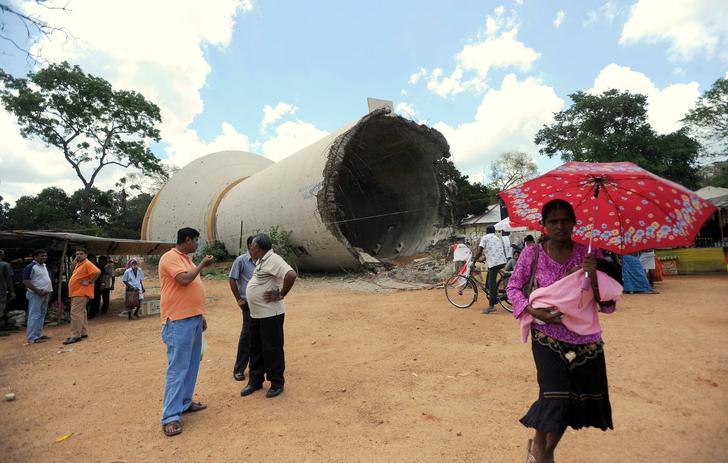
Thousands of internally displaced people (IDPs) returning home from camps in northern Sri Lanka are concerned about access to potable water and slow progress in clearing landmines.
Since the government declared victory over the Liberation Tigers of Tamil Eelam in May 2009, more than 170,000 of 280,000 people displaced by the violence have returned to the 7,650 sq km Vanni region, which includes the Kilinochchi, Mullaithivu, Jaffna, Mannar and Vavuniya districts and has a population of about 700,000.
Some resettled residents in Kilinochchi say they have difficulties accessing clean water and sanitation.
“I have to walk over a mile to reach a clean water supply. I have shell shrapnel in my body. Walking just 100m exhausts [me],” said Rasiah Gunanandan, 58, from Kilinochchi.
"Lack of access to proper water and sanitation hinders the normality of our lifestyles. It affects many aspects of day-to-day life,” added father-of-three Gunanandan. “Many of us dig random holes for our toilet needs. I am hoping the situation will get better as time goes on.”
But Hemantha Herath, a senior official from the Ministry of Health in Colombo, the country’s capital, insisted access to potable water was not a major concern.
“People can get water either from wells or from streams,” he said.
A number of “health education programmes are being conducted and health volunteers have been trained to educate people to ensure the quality and the safety of drinking water”, added Herath.
This process will continue until piped water reaches all families, he said.
“On the other hand, people are finding it difficult to get water for agriculture for which larger quantities are needed. We have observed that the majority of reservoirs in the area are getting dry and it’s unlikely there will be rain before the next inter-monsoon season [September-November],” Herath added.
The water supply infrastructure was severely damaged during the fighting, Herath said.
Dangers and challenges
Chamil Jinadasa, an independent health worker in Colombo, told IRIN that while the situation had improved since the war, basic sanitation and water facilities were below par.
“Due to the lack of proper toilet facilities, people use open [land] and river banks for their toilet needs,” Jinadasa said.
Diarrhoea and other diseases are prevalent, although the work of government and NGO health professionals had prevented the situation from deteriorating, he added.
Abdulai KaiKai, the UN Children’s Fund (UNICEF) Colombo’s head of water, sanitation and hygiene (WASH), said: “It is very difficult to put numbers to percentages of resettled people who have access to water and sanitation mainly because the process is still ongoing.”
UNICEF has provided support to the government to help clean 3,000 dug wells and drill 15 new ones. Most water-and-sanitation facilities were destroyed, abandoned and defunct before or during the conflict, according to UNICEF research.
“This is why UNICEF is supporting the efforts of the government by working very closely with the National Water Supply and Drainage Board and the Water Resources Board to clean and upgrade dug wells and drill new wells, installing hand-pumps.”
A joint operation between the government, UN agencies and NGOs has been launched to provide schools and health centres with WASH facilities, added KaiKai.
“The first most important challenge is the amount of funding available. Not much funding is currently available and the future remains uncertain,” he said. “The second most important challenge faced by UNICEF is the rate of progress of the demining process. This has implications for our ability and capacity to undertake assessments and make informed decisions.”
The threat of landmines was evidenced in Kilinochchi in January when a 10-year-old boy was injured by a mine while collecting wood.
“The risk is still there. We need to do more,” Nigel Robinson, country programme manager of the Swiss Foundation for Mine Action, told IRIN in May.
Clearing all known contaminated mine zones could take up to 20 years, or longer if funding dries up. While large parts of the Vanni region have been demined, increased civilian activity means there is still a risk.
© IRIN Asia

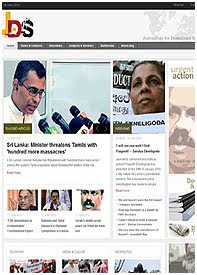

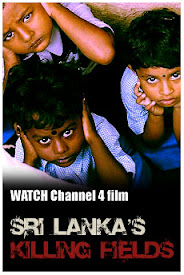

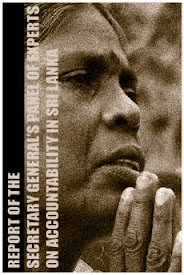



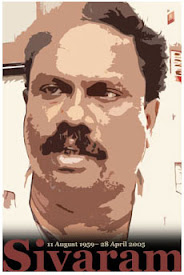

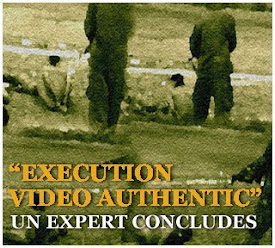



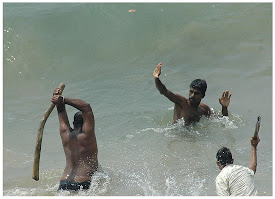
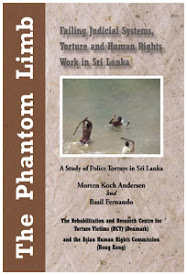
No comments:
Post a Comment